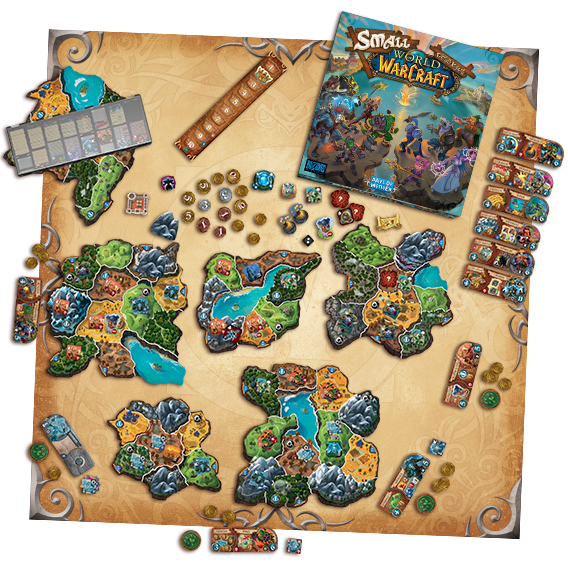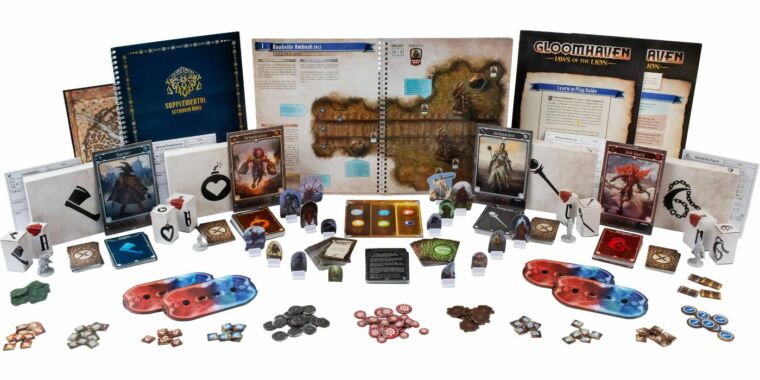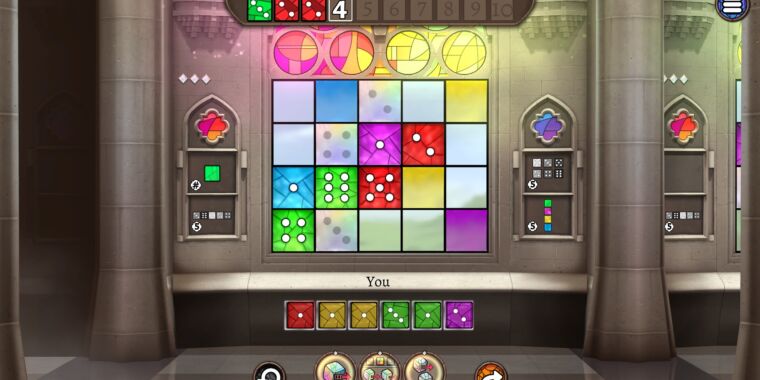Since it was first published in 2009, the hyper-competitive family strategy game Small World has become a perennial tabletop favorite. Ironically, given its name, its success has caused its fantasy realm to grow over the years, with a steady stream of expansions introducing new factions to command and new regions to explore. Now, though, the game has shifted to an entirely new setting with Small World of Warcraft, a standalone game set in WoW’s orc-infested land of Azeroth.
For the uninitiated, the original Small World has players control rival factions, all competing to seize territory and expand their empires. While it’s a premise shared by countless “dudes-on-a-map” strategy games, Small World‘s unpredictable take on the concept comes with a handful of twists that help it stand out from the crowd.

The biggest twist is that, unlike many games which put players in command of a single civilization over centuries, Small World makes things far less permanent. Its empires rise and fall just like in the real world. At the beginning of the game, you’ll choose a race to command from a selection including elves, orcs, towering giants, and savage rat-men. Each comes with its own special ability, giving you advantages when it comes to movement, scoring, attacking, or defending regions. With each passing round, you’ll spread your troops further across the game’s map but inevitably will overextend your borders, sending your civilization into decline and forcing you to choose a new one to start the process from scratch.
Your chosen race is only one half of the equation, though. Whenever you choose a faction, you’ll also gain an associated special power token taken from a random stack. This means you will select from different combinations of powers on every play-through, which makes Small World a game of shifting situations and mutable tactics.
The game carries its tried and tested formula neatly into this new setting with factions drawn straight from World of Warcraft lore. Each feels true to its presentation in the PC game. Dwarves get a strength boost when invading mountainous regions, cave-crawling kobolds can traverse a network of underground tunnels, tech-savvy gnomes attack distant regions with flying machines, and ocean-dwelling naga can occupy lake and sea spaces inaccessible to their rivals. Different races also come aligned to the Horde and the Alliance (the powerful warring groups who battle for control of Azeroth). And while you can control factions of any affiliation, you’ll gain bonus points whenever your current troops defeat their sworn enemies in battle.
The other big departure from the original Small World blueprint lies in the game’s map. Rather than fighting over a single land mass, Small World of Warcraft divides the battlefield into a chain of islands, each represented by its own mini board. It’s a handy way to grow or shrink the game to accommodate different player counts, and it also throws up some decisions about exactly where you want to commit your limited forces.
Some regions also come with tokens representing magic items and important locations, each of which grants a new ability to whomever holds it at any given time—buffs in battle, boosts to your score, or extra troops to throw into the fight. It’s an element taken directly from 2011’s Small World: Underground, and it means that these coveted spots on the map become the target of everyone’s expansionist ambitions, switching hands repeatedly during the course of the game and forcing you to think about how much of your army you’re willing to throw at them.
It all makes for a game with a little more depth than classic Small World—but not change here is an improvement.
One issue is that some of the special powers in the game are only effective under certain conditions. Orcs, for example, are members of the Horde, and they gain bonus points whenever they successfully attack Alliance races like humans or dwarves. But with a mix of Alliance, Horde, and neutral races available for players to command, there are times when you simply won’t have a valid target for your aggression.
It’s a particular problem in two-player games. And it’s compounded by the fact that with fewer players at the table, fewer of the available races are present on the board at any one time. This strips some of the variety and depth that comes from the interaction between special powers.

An overview of the name game board and pieces.
Days of Wonder
For this reason, it’s hard to recommend Small World of Warcraft as a two-player game. It only comes into its own with more rivals in the contest, especially when you have enough players to try its team-based “Battle for Azeroth” variant, which ensures there are always Alliance and Horde races in the fight and sees partners attempting to come up with joint strategies. While it’s possible to try this with lower player counts, the game recommends four or five.
Is this latest spin-off of an established hit worth spending your money on? The answer is: it depends. If you’ve tried Small World and didn’t enjoy it, there’s nothing here that will magically change your mind. If you’re a fan of the original game, this is a slightly deeper version, albeit one that recycles some ideas from previous releases while introducing others that make it incompatible with the 2009 game. And if you’re a newcomer to Small World, the original game’s collection of expansions offers more to discover over time and more ways to tweak its setup.
The folks who will enjoy Small World of Warcraft most, then, are World of Warcraft fans looking for an accessible, team-based strategy game in a favorite setting. That’s why it feels odd that the team game, which fixes many of the problems with the individual setup, is included as an optional add-on variant. Once you’ve tried that, it’s the only way you’ll ever want to play.




